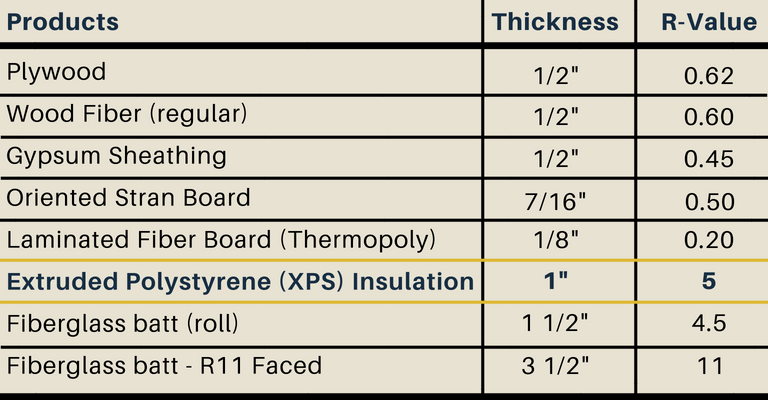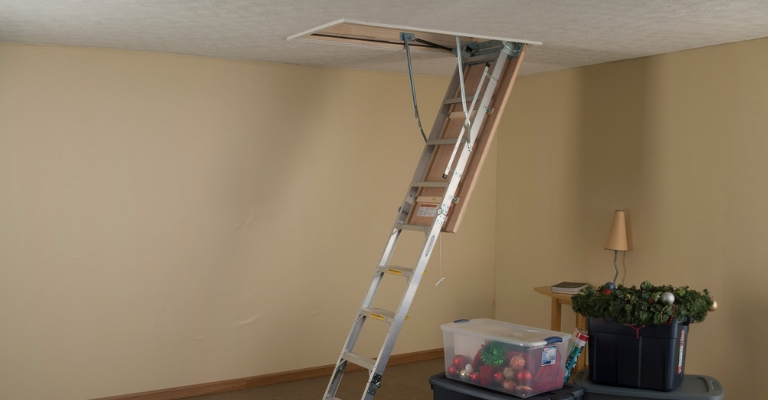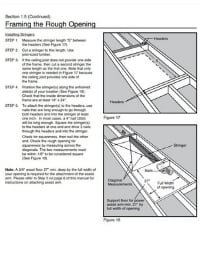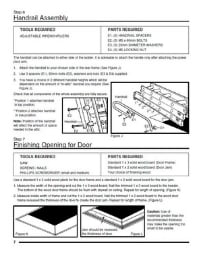Attic Ladder FAQs
DO YOU OFFER CUSTOM ATTIC LADDERS WITH VARIOUS ROUGH OPENINGS?
While Werner offers a large selection of attic ladders in various lengths and material, they are designed to fit standard rough openings
TRADITIONAL ATTIC LADDERS
HOW CAN I BE SURE I HAVE THE RIGHT LADDER FOR MY SPACE?
Before installing, verify the dimensions of the area where you intend to install this ladder vs. the dimensions on the packaging of the item you bought. If your attic ladder will not open fully or extend completely to the ground, do not modify it for use.
I CUT MY ALUMINUM ATTIC STAIR TOO SHORT TO TOUCH THE FLOOR WITH THE FOOT ATTACHED — IS THERE ANY FIX?
Werner sells a replacement foot (item number 36-83 for AL2210’s and 36-98 for AH2210/AH2510) that goes 3” farther up the rail of the ladder than the one that comes with the ladder. If it is a minor cutting error, this can correct it.
I HAVE AN ATTIC LADDER INSTALLED AND THE DOOR WON’T CLOSE/SEAL COMPLETELY — HOW DO I FIX IT?
Measure the installed frame from corner to corner (diagonally). If the two measurements are within 1/8”, your frame is square. If your frame is not square, insert shims to square it. From inside the attic, check for obstructions when the door is
closed-check shims, installation, cords, to make sure nothing is interfering with the door shutting properly. Check the springs (or struts) of your ladder and make sure they are working correctly
DOES WERNER SELL FIRE-RETARDANT DOORS?
No. Check with your local building code if that is what’s driving this question. Chances are, you need a product that protects against burn THROUGH, which means you need to add gypsum to your attic door to stop flames from burning through. Merely stopping the spread of flames (as products that meet the E84 standard do) will potentially not meet code in your area.
ENERGY SEAL ATTIC LADDERS
WHAT’S THE DIFFERENCE BETWEEN AN ENERGY SEAL ATTIC LADDER AND YOUR OTHER ALUMINUM ATTIC LADDERS?
The Energy Seal attic ladder includes insulation within the structure of the door, and a built-in jamb and weatherstripping around the inside of the frame, which creates a tight seal and greatly reduces the amount of air that flows between your attic and your living space.
I HAVE A DIFFERENT TRADITIONAL WERNER ATTIC LADDER. CAN I BUY A KIT TO CONVERT THAT INTO AN ENERGY SEAL ATTIC LADDER?
No. There are too many differences between the Energy Seal product and our traditional attic ladders in the product structure to be able to convert. However, Werner does sell an installation and trim kit (SKU AC59), which includes weatherstripping to add to the frame of your existing attic ladder.
HOW DOES THE INSULATION IN THE ENERGY SEAL ATTIC LADDER COMPARE TO OTHER INSULATION TYPES/SIZES?
The Energy Seal attic ladder has R-5 Extruded Polystyrene Insulation within the door structure. The higher the R-value, the greater the insulating power. R-values shown are from manufacturers’ literature determined at 75°F, mean temperature. If the insulation is compressed, the R-value decreases.

IS INSTALLING THE ENERGY SEAL ATTIC LADDER DIFFERENT OR MORE COMPLEX THAN YOUR OTHER ATTIC LADDERS?
No. The AE-series Energy Seal attic ladder installs with the same easy steps as our AH-series Aluminum attic ladders.
COMPACT ATTIC LADDER
THERE'S NO DOOR INCLUDED WITH THIS. HOW DO I GET ONE?
Due to various opening sizes and finishes, a door is not included with this ladder. To make a door, use ¾” cabinet grade plywood, cut 1/8” smaller than the wood door frame opening. Screw the hinges (included) to one edge of the door, and then attach them to the frame of your opening. To install the latch and location bracket, follow Step 9-10 in the instruction manual.
I DON'T HAVE A FINISHED FLOOR IN MY ATTIC. HOW DO I MOUNT THE ARM?
A 3/4" wood floor, a minimum of 27” deep by the full width of your opening is required to attach the assist arm.
HOW DO I FINISH MY OPENING?
Werner recommends using 1 x 3 boards to create a frame within your opening, and then 1 x 2 boards (recessed the thickness of your door) for the jam. You may also choose to install trim around your opening on the ceiling.
I THREW OUT THE PACKAGING WITH THE INSTALLATION TEMPLATE BEFORE I USED IT. HOW DO I GET A NEW ONE?
Contact Werner Customer Care at 1-888-456-8457 for a new template. Due to the importance of proper size/spacing, we are unable to offer it as a download at this time.
HOW DO I ADJUST THE LENGTH OF THE LADDER FOR MY CEILING?
This ladder uses a combination of
HOW DO I USE THE POLE THAT IS INCLUDED?
It is an assist pole to help with opening and closing the ladder, and also with opening and closing the door



